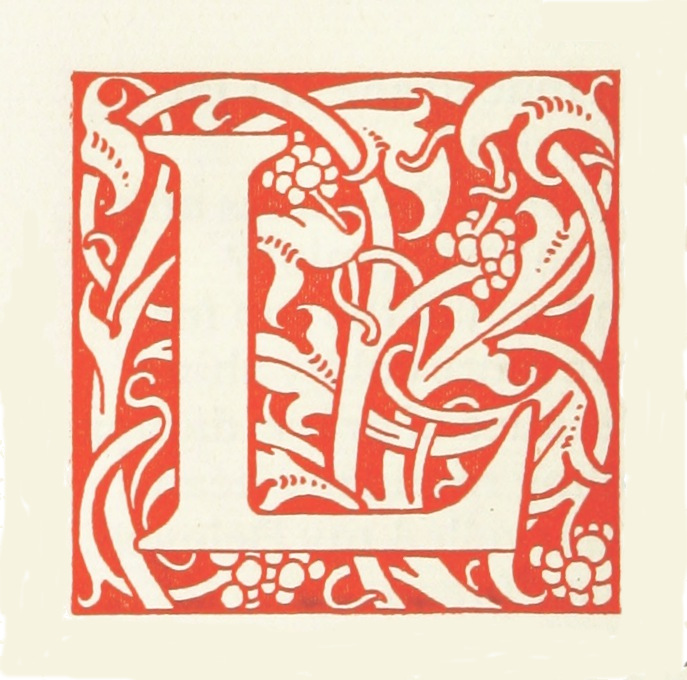Embroidery Book 1, 2022, Pages 8-9
I made quite a few mice this year, but I was particularly pleased with how I managed to contour such a tiny face, using layers of wadding on the surface before I began stitching (1-stranded cotton) "fur". The whiskers are stiff Gutterman linen thread.
